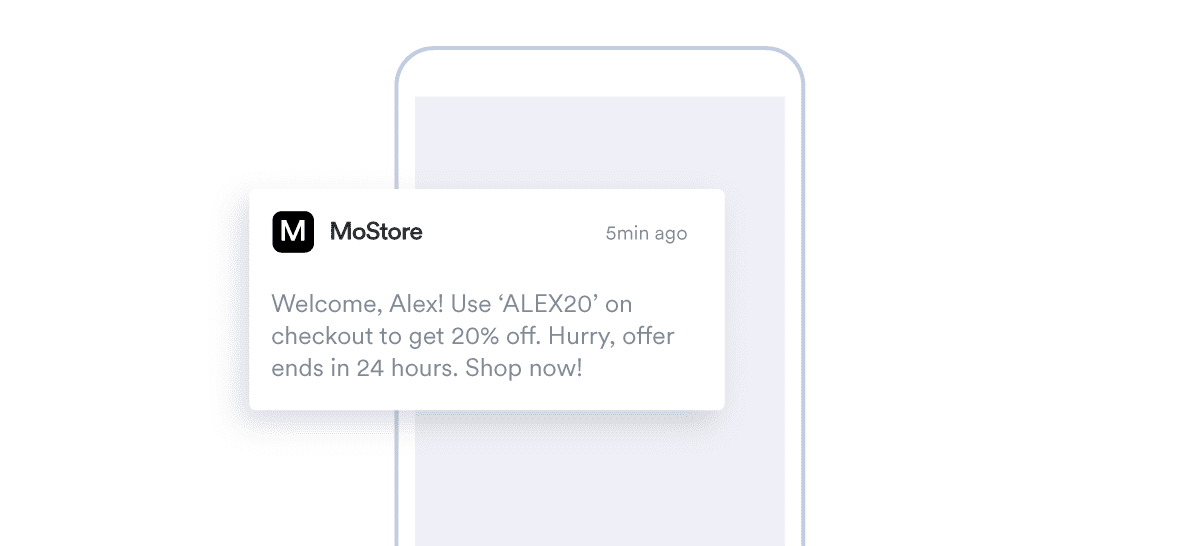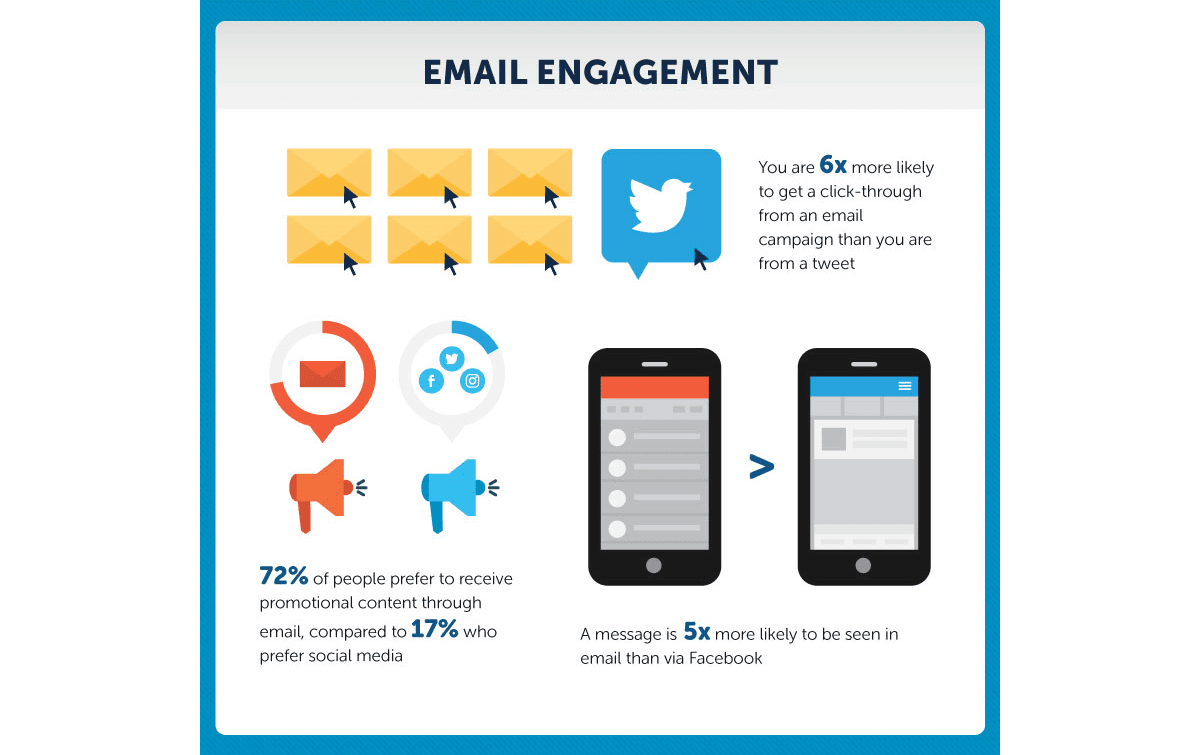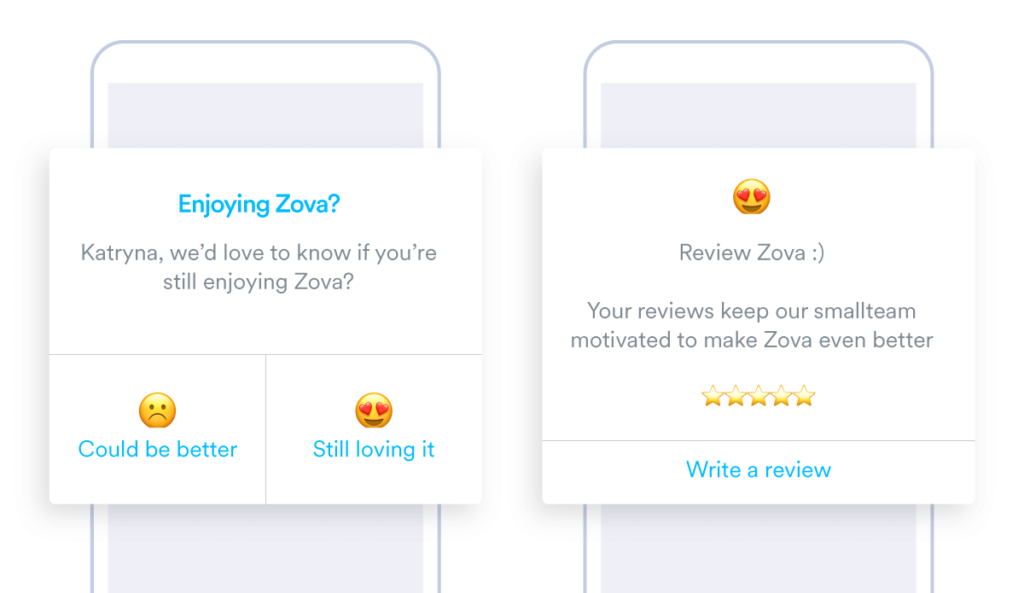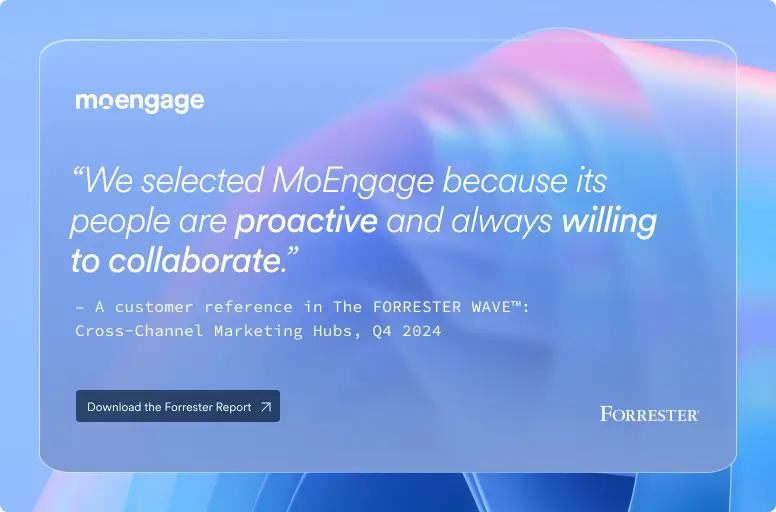How to Build a Stellar Mobile App Marketing Plan for 2023 [with Downloadable Template]
![How to Build a Stellar Mobile App Marketing Plan for 2023 [with Downloadable Template]](https://www.moengage.com/wp-content/uploads/How-to-Build-a-Stellar-Mobile-App-Marketing-Plan-for-2023-1.webp)
Building an app takes an immense amount of dedication, hard work, time, and money. However, without a proper mobile app marketing strategy, you can expect the best of apps to be lost in the crowded app marketplace.
Why is it Important to Have an App Marketing Strategy?
Today, everybody uses mobile devices, which has created a huge market for mobile apps. Unfortunately, many apps are never discovered because they’re not backed by a powerful marketing strategy. But that’s about to change with this handy guide that will help you create a stellar mobile app marketing strategy to take your app to the right audience in the least possible time.
But first, do you even need a mobile app marketing strategy? Yes, you do, if you’re looking at the following goals:
a. Increased reach as most people are hooked to their smartphones for the larger part of the day.
b. Higher degree of personalization and location-based marketing.
c. Better engagement potential through seamless in-app experiences.
d. More viral potential as it’s easier to share interesting content, offers and promotions on mobile.
e. Cost-effectiveness and increased marketing ROI.
Step-by-Step Mobile App Marketing Guide
1. Identify Your Target Audience
A good marketing plan begins with research to understand the market landscape and your target audience.
The core objective at this stage, even before you have the product ready, is to discover your target audience and divide them into multiple user groups. This will help you create unique customer personas in the next step to design individual user journeys for each persona.
2. Build User Personas
Persona research is a part of every successful marketing plan. A persona is not just a description of what an ideal buyer looks like but also a reflection of what consumers think and expect from your brand. This exercise helps you understand customer expectations and build other aspects of your marketing strategy accordingly.
Answer the following questions to create unique personas:
- Who are your customers? Age-group, profession, and other demographics.
- What is their central pain point?
- Which is their preferred operating system? Android or iOS?
- What kind of content do they prefer?
- Preferred social media hangouts?
- What are their drivers?
- Are they known to make in-app purchases?
3. Understand the Competitive Landscape
Knowing what your competitors are up to can give you critical insights into your customers and industry. You can search for apps in your category and download them to understand how they work.
You may also list the various features of each app, such as their price, ranking, monetization model, UX, reviews, etc. With this exercise, you’ll be able to determine what users like and ensure you don’t repeat any of the mistakes made by your competitors.
4. Pre Launch App Promotion
There are several ways of promoting your app today, but which is the best strategy for you?
We’ll come to that shortly, but first, you need to have these three components in place for both your pre-and post-app launch marketing campaigns.
a) Creating a Website/Landing Page
Building an online presence is essential to boost your app’s visibility. You may start by creating a website or a pre-launch landing page with a teaser video and some striking screenshots to generate interest in your app.
You can also host a blog on your website, provide special offers, or suggest a newsletter subscription to build up an email list that can be used to engage users and subsequently market various app features to them.
b) Devising a Content Marketing Plan
A well-planned content marketing strategy will help you establish your brand, raise awareness and drive traffic to your app.
For instance, you can try guest blogging to increase your reach considerably. GrooveHQ, a digital marketing firm, reached over a million people through guest blogging, and you can replicate their success by posting guest blogs on high authority sites. This will help you in several ways by attracting hundreds of new app users, generating high-quality backlinks, and improving your search engine rankings organically.
c) Having an Email Marketing Strategy
According to stats, you are 6X more likely to get a click-through from an email campaign than a tweet.
|
|
Emails have also been found to deliver a high ROI, and both B2B and B2C marketers use email marketing to promote their products or services. Therefore, a growing email list can be exceptionally useful in promoting your app through regular newsletters, promotions, and other insightful content that will familiarize people with your app and eventually drive them to install it.
You can read this post to create an informed and engaging email marketing strategy for your app.
Besides these three main pillars, you can choose some other promotional venues like social media, PPC advertising, and PR outreach.
Here’s a basic pre-launch marketing mix you may apply for your app depending on its scale and purpose:
i) Small business/ start-up – If you fall in this category, you’re likely to face time and financial limitations. The good part is that you can market your app successfully on a budget by using the following channels:
- Hosting a well-informed blog
- Social media
- Word-of-mouth
- Low-cost PR outreach
- Guest-blogging
ii) Established businesses – If you’re an established business, you’ll perhaps have a separate marketing team to handle your app promotions. Here are some ideas that should work for your app:
- Marketing to existing customers
- Paid social
- PPC advertising
- Influencer marketing
- Publishing content in relevant magazines and online forums
If your app is targeted to a niche audience, you’ll also benefit from strategic channel partnerships, and publishing thought leadership content to establish your authority in the domain.
5. Post-Launch App Promotion
There are several ways to get the word out about your app, but we’re only listing the ones you cannot miss!
a) App Store Optimization
Search is the most common starting point for mobile research, which is why your app must rank highly for its primary keywords and key phrases.
App Store Optimization ensures your app is found, and it’s simple enough to get started by picking the right keywords and using them in your app title, descriptions, and tags. However, remember that app search optimization isn’t limited to keywords. You also need to promote your mobile app by garnering app reviews and ratings, participating in relevant discussion boards, and posting regularly on social media.
b) App Reviews
|
|
Over 90% of consumers rely on online reviews before deciding to use a service.
Leverage this fact by building social proof around your app by asking users to post reviews and ratings. One of the easiest ways to collect reviews is through in-app notifications asking users for feedback. Besides customers, you can also ask review sites to talk about your app to maintain the hype.
|
|
c) Listing Optimization
Don’t forget to optimize your Google Play and App Store listings to rank higher in search results.
d) Mobile App Rewards
Increase your visibility by applying for app awards such as BMA to get your app international recognition and win the trust of your users.
e) Create Referral Programs
One of the best ways to grow your app is by turning your loyal customers into marketers by incentivizing them to refer your app. You can also ask for testimonials and reviews to build social proof for your app.
6. Engagement and Retention
Many marketers put a lot of thought and effort into acquisition, but retention is also a key aspect of growth. If users keep uninstalling your app, you’d be stuck with a leaky bucket despite a high acquisition rate, which is not good for your business. Here’s what you can do to keep users engaged and prevent uninstalls.
 |
a) Simplify Onboarding
Simplify the onboarding process through in-app markers and demonstration videos that make it easier for users to unlock the full potential of your app. You can include FAQs, video tutorials, create user communities, and offer in-app customer support for a seamless onboarding experience.
b) Push Notifications
Push notifications are great for reaching out to app users and keeping them engaged. This results in higher app engagement, better user experience, and increased retention, which further improves your ranking in the app store. For instance, suppose you have launched an e-commerce app, and you want to urge users to make their first purchase. You can do this by sending a personalized offer through a push notification, as shown in the below example (check out some more e-commerce push notification templates):
 |
Also, read this post for more ways to drive engagement on your app.
c) Identify Key App Metrics & Track Them
You cannot improve what you can’t measure. Therefore, it’s vital to set goals and track the performance of your marketing strategy over time and tweak it, if necessary.
Some of the key metrics you can consider are churn rate, session length, time spent in-app, and cost per acquisition. Depending on the nature and purpose of your app, these metrics will differ, but it’s essential to have them in place for regular performance reviews.
The Wrap
Writing down a marketing plan for your app can be a time-consuming exercise, but it’s essential for your app’s success. After acquainting you with all the important steps, we created the following downloadable template that you can use to get started with your marketing plan.















